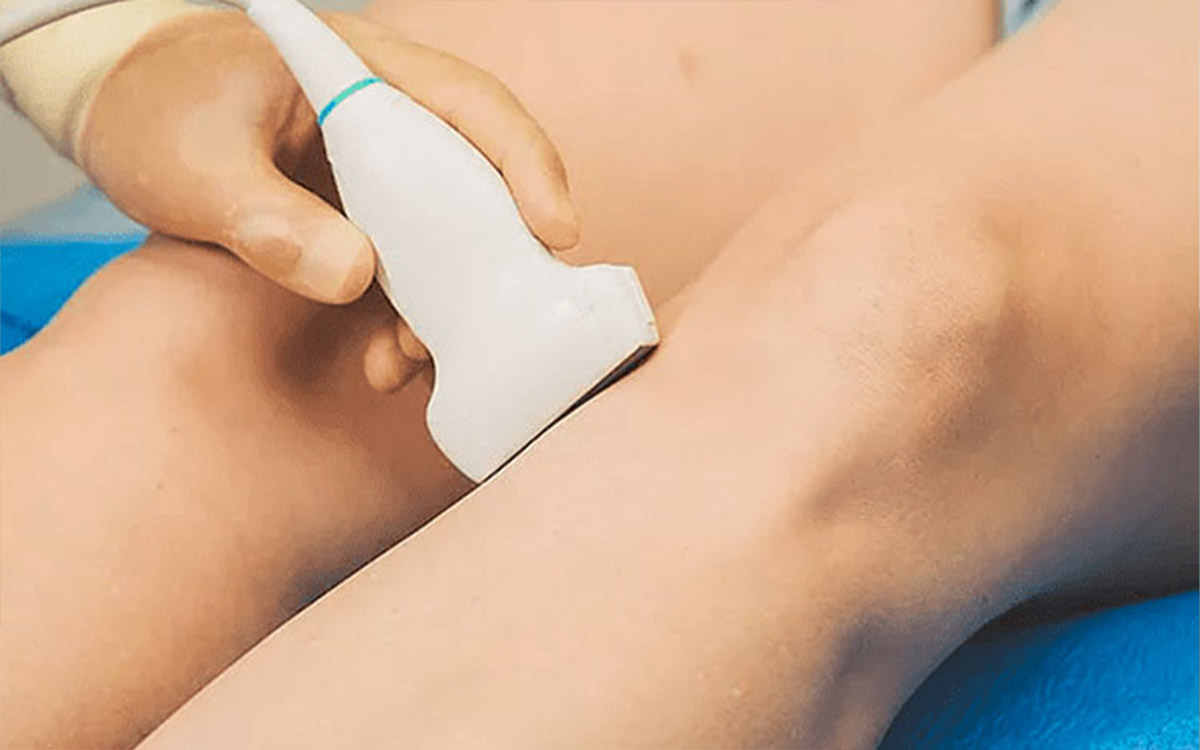Assoc. Prof. Dr. İlker Kiriş
Cardiovascular Surgery

Thin capillary varicose veins are red or purple but not bulging on the skin. These thin varicose veins are called 'telangiectasia' in medical terminology, and their diameter is smaller than 0.2 millimeters. They are quite common, especially on the legs and face. These red thin capillary varicose veins, namely, "telangiectasia," disturb the patients especially aesthetically.
Therefore, patients are in search of aesthetic treatment to improve their appearance. The sclerotherapy method in the aesthetic treatment of varicose veins is accepted as the gold standard today. Besides, these red capillary varicose veins are considerably thin, and they may not be suitable for sclerotherapy most of the time. Furthermore, methods other than sclerotherapy may be required since they are inside the face or ankle. In these cases, transdermal radiofrequency for varicose vein treatment in Izmir can be considered a valuable alternative method.
The varicose veins, a type of circulatory system disorder, usually develop due to high intravenous blood pressure, "venous hypertension." Most of the patients with varicose problems and their close relatives also have a history of varicose veins. Varicose veins are generally seen more frequently in the elderly, women, and overweight people. Moreover, an inactive lifestyle, failure to exercise, and having a profession that requires standing for long hours (teachers, police officers, barbers, surgeons, etc.) are among the other triggers of the varicose vein. The factors contributing to the formation of thin capillary varicose veins are genetic factors, collagen vascular diseases, some skin diseases, hormonal factors (pregnancy, estrogen therapy, corticosteroid applied over the skin), trauma, and infection.
Transdermal radiofrequency for varicose treatment is also called the 'thermocoagulation' method. In this method, high-frequency (4 MHz) waves produced by a console are delivered into the skin via a cable and a thin needle at the tip of a pen, respectively. Thus, thin capillary varicose veins are closed and destroyed. Transdermal radiofrequency is a relatively new technology among the aesthetic treatment methods for varicose veins.
Besides, transdermal radiofrequency and intravenous 'endovenous' radiofrequency are different treatment methods. Transdermal radiofrequency for the varicose vein treatment in İzmir is an aesthetic treatment method in which thin capillary varicose veins recover with high-frequency waves applied over the skin. As part of the intravenous 'endovenous' radiofrequency method, the large superficial vein extending from the ankle to the groin or the small superficial vein extending from the heel to the back of the knee joint is closed with a radiofrequency catheter inserted into the vein.
Advantages of this method consist of getting quick results by removing the unwanted capillaries, delivery into the veins in any part of the body (face, knee, or ankle), and suitability for all skin types in all seasons. Moreover, there is no need to wear compression stockings after the procedure. It does not require long-term protection from sunlight. There is no risk of skin burns thanks to this procedure.
The transdermal radiofrequency for varicose vein treatment procedure is an easy and slightly painful procedure. When applied with an appropriate technique, it provides effective and safe elimination of red and thin capillary varicose veins.
The affordable prices for transdermal radiofrequency for varicose vein treatment in Izmir do not strain your budget. Assoc. Prof. Dr. İlker Kiriş successfully applies this treatment. If you also suffer from thin capillary varicose veins and find them aesthetically disturbing, Assoc. Prof. Dr. İlker Kiriş can examine you and decide on a treatment method suitable for you.

